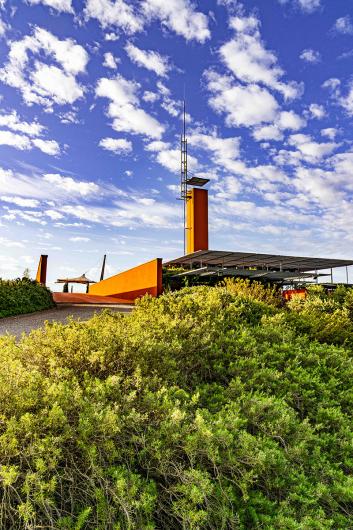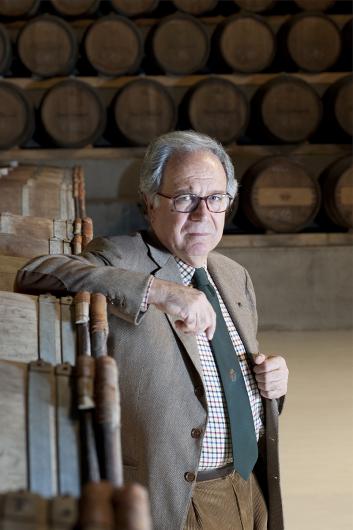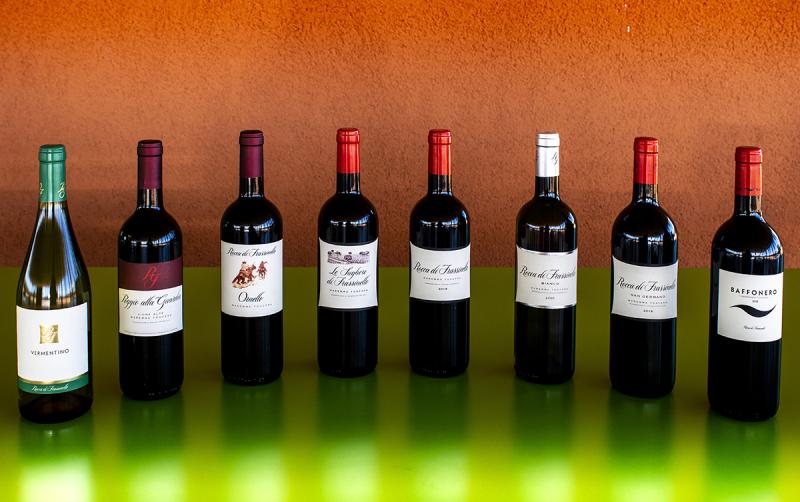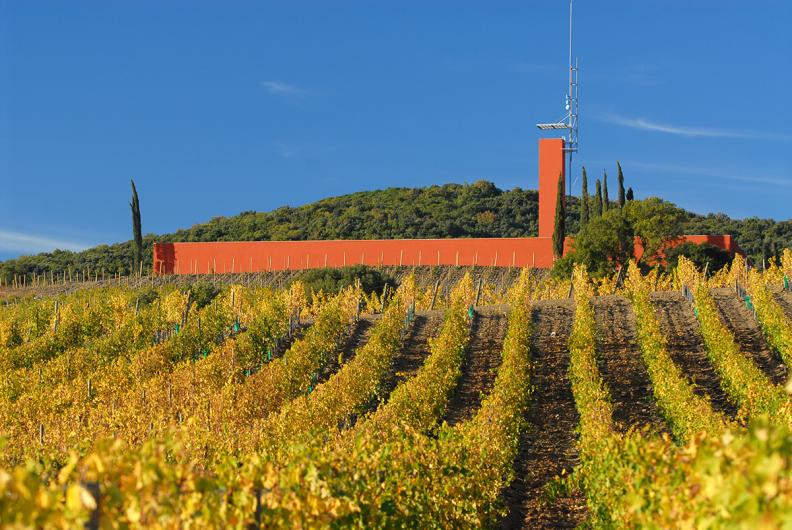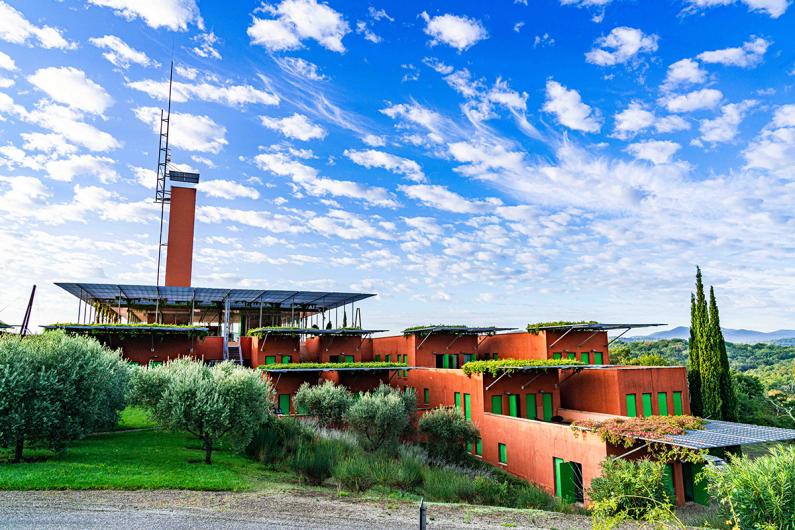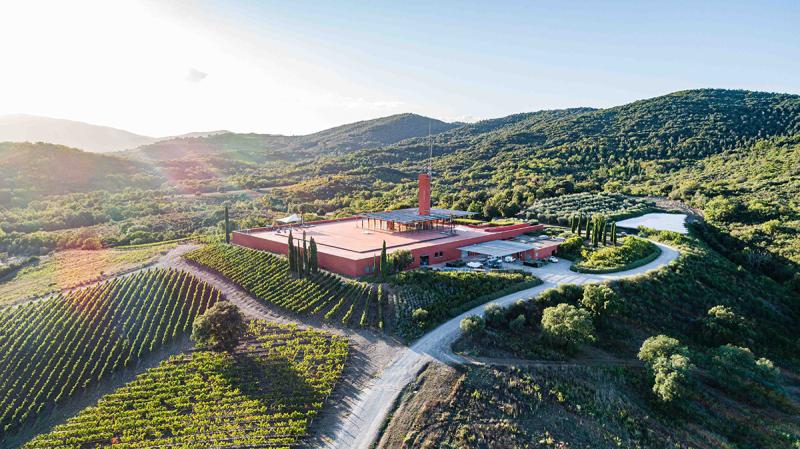Rocca di Frassinello
Baffonero
Rocca di Frassinello
Baffonero
Baffonero takes its name from a vineyard, where 100% Merlot grows, that was one of the first to be planted at Rocca di Frassinello. The company was born of a joint venture between Castellare di Castellina and Domaines Baron de Rothschild-Lafite, the most famous chateau in the world. The Baffonero vineyard lies below the winery designed by Renzo Piano, on terrain with perfect exposure.
Tasting Notes
Intense ruby red. The nose is fruity with aromas reminiscent of various black fruits, in particular blackberries, blueberries and vanilla. In the glass, the aromatic component changes, evolving towards tobacco, chocolate and a slight hint of coffee. In the mouth it has a perceptible complexity. Full and robust with a freshness that makes it long and pleasing.
Food Pairing
Pairing for this wine is recommended with equally structured foods such as red meat stews, as well as sharp cheeses.
Baffonero takes its name from a vineyard, where 100% Merlot grows, that was one of the first to be planted at Rocca di Frassinello. The company was born of a joint venture between Castellare di Castellina and Domaines Baron de Rothschild-Lafite, the most famous chateau in the world. The Baffonero vineyard lies below the winery designed by Renzo Piano, on terrain with perfect exposure.
Tasting Notes
Intense ruby red. The nose is fruity with aromas reminiscent of various black fruits, in particular blackberries, blueberries and vanilla. In the glass, the aromatic component changes, evolving towards tobacco, chocolate and a slight hint of coffee. In the mouth it has a perceptible complexity. Full and robust with a freshness that makes it long and pleasing.
Food Pairing
Pairing for this wine is recommended with equally structured foods such as red meat stews, as well as sharp cheeses.
Brand Materials
Vineyard & Production Info
Winemaking & Aging
Analytical Data
About the Vineyard
Baffonero derives its name from a vineyard with a North/South-West orientation that favors exposure to the sun's rays during the afternoon. Ventilation is constantly assured in summertime by a prevailing wind from the Northwest, moderating maximum daytime temperatures and enabling slower ripening of the grapes. The day-night temperature range in this area favors the build-up of aromas and the maintenance of adequate levels of organic acids in the berry.
The soil, which is mainly made up of shale, allows for good drainage and thus drastically reduces the vigour of the plants, limiting their production: the cluster is loose, uniform, small in size and with grape tissues of a high density. The soil acts on the grapes giving them concentration, excellent extracts and tannin content, but maintaining a marked acidity which is retained on harvesting. Meticulous manual skills in selecting the shoots, managing the canopy and thinning out the grapes ensures that the plant reaches its own optimal balance.
